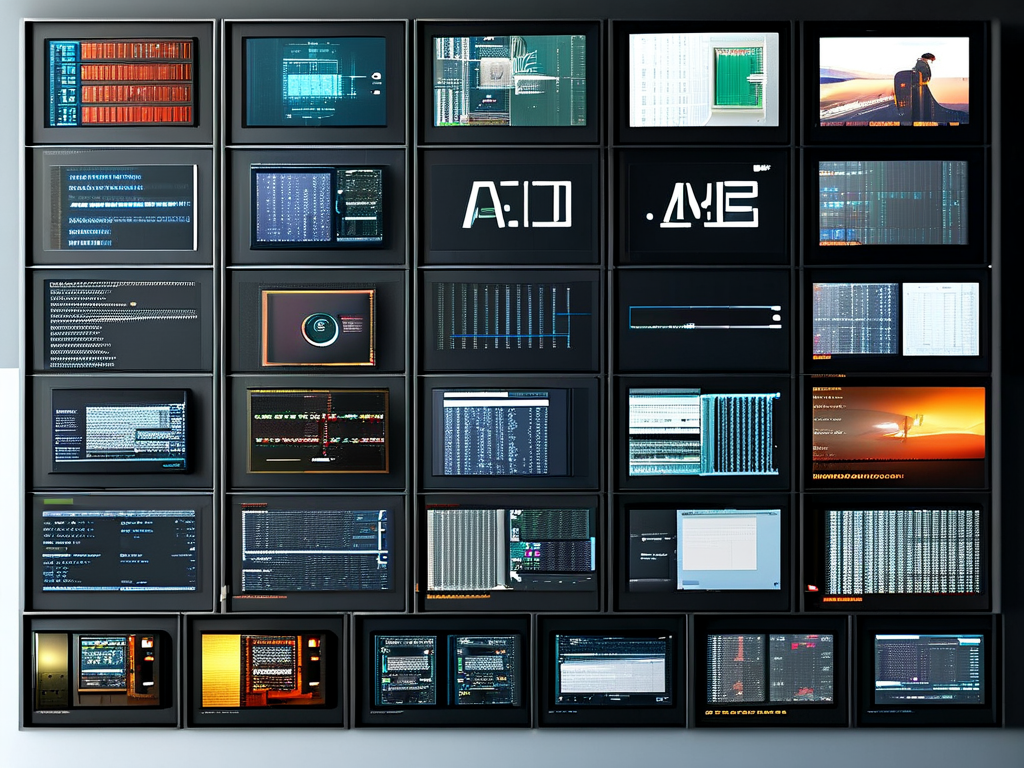The technology landscape offers diverse career paths, and two fields currently generating significant interest are HarmonyOS (Hongmeng) development and embedded systems engineering. While both involve low-level programming and hardware interaction, they cater to distinct market needs and skill requirements. This article explores their technical characteristics, industry applications, and career prospects to help developers make informed decisions.

Core Technical Differences
HarmonyOS, Huawei’s distributed operating system, emphasizes cross-device compatibility and microkernel architecture. Developers work with ArkUI frameworks and distributed data management APIs to create seamless multi-device experiences. A typical HarmonyOS service might involve inter-device communication:
// HarmonyOS distributed task scheduling
DistributedScheduler.getInstance()
.startSyncRemoteTask(new RemoteMissionListener() {
@Override
public void onSyncResult(int resultCode) {
// Handle cross-device task execution
}
});
Embedded development, conversely, focuses on resource-constrained environments. Engineers often write bare-metal firmware using C/C++ for microcontrollers like STM32 or ESP32. A simple GPIO control snippet demonstrates this:
// STM32 HAL library example HAL_GPIO_WritePin(GPIOA, GPIO_PIN_5, GPIO_PIN_SET); HAL_Delay(500); HAL_GPIO_WritePin(GPIOA, GPIO_PIN_5, GPIO_PIN_RESET);
Market Demand and Industry Applications
HarmonyOS adoption is growing rapidly in China’s consumer electronics sector, with over 500 million devices now running the OS. Major appliance manufacturers like Midea and Joyoung have integrated HarmonyOS Connect for smart home ecosystems. Developers in this space frequently collaborate with UX designers to optimize interfaces for TVs, wearables, and IoT hubs.
Embedded systems remain fundamental to industrial automation and automotive innovation. The global embedded market is projected to reach $169 billion by 2030, driven by Industry 4.0 and electric vehicle production. Engineers in this field often work on real-time systems – from robotic arm controllers to battery management systems in EVs.
Learning Curve and Toolchains
HarmonyOS development leverages modern tools like DevEco Studio, which provides simulators for multiple device types. The learning path includes:
- Distributed capability APIs
- Atomic service development
- Cross-platform HarmonyOS Ability Framework
Embedded engineers master toolchains like Keil MDK or STM32CubeIDE, requiring deep understanding of:
- Peripheral register configuration
- Real-time operating systems (FreeRTOS, Zephyr)
- Hardware debugging with JTAG probes
Career Growth and Challenges
HarmonyOS developers enjoy strong demand in China’s tech hubs, with salaries averaging ¥350k–¥600k annually. However, geopolitical factors may limit international opportunities. The ecosystem’s relative youth (launched in 2019) means frequent API changes and evolving documentation.
Embedded engineers command global opportunities, particularly in automotive (AutoSAR) and industrial sectors. Senior roles often require knowledge of functional safety standards like ISO 26262. While compensation varies by region, experienced professionals in semiconductor hubs like Munich or Silicon Valley can earn $120k–$180k.
Future Outlook
HarmonyOS’s success hinges on China’s domestic tech ecosystem development. Version 4.0’s enhanced AI capabilities and improved kernel performance suggest growing competitiveness against Android. Meanwhile, embedded systems will remain critical as edge computing gains prominence – 75% of enterprise data is expected to be processed outside centralized data centers by 2025.
Choose HarmonyOS development for fast-paced innovation in connected consumer devices within China’s market. Opt for embedded systems if you prefer hardware-centric roles with global applicability across traditional industries. Both fields reward continuous learning, but their diverging toolchains and market focuses demand careful career alignment with personal interests and regional opportunities.









